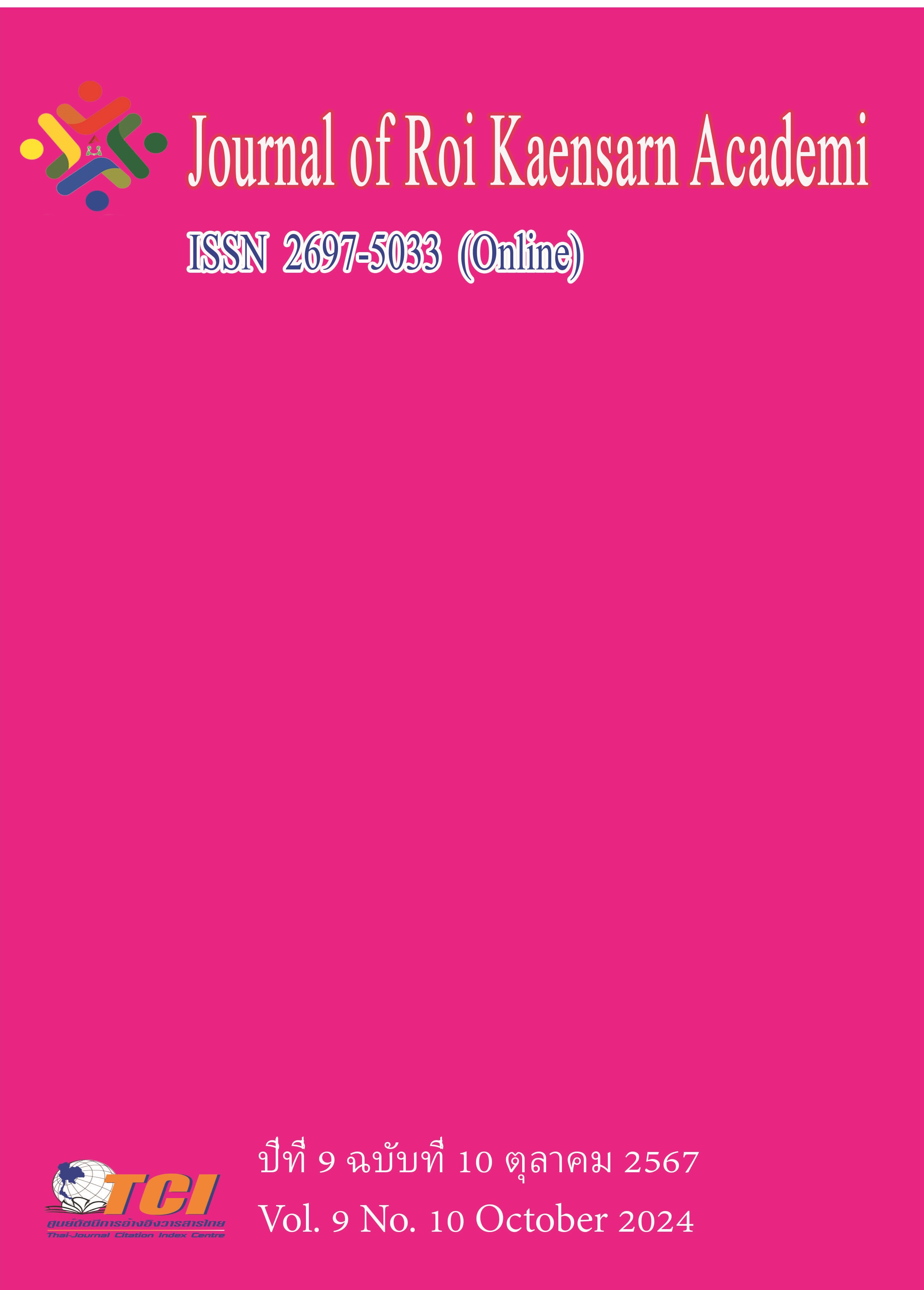Curriculum Development of remote diagnosis and treatment courses traditional Chinese medicine IT in China
Main Article Content
บทคัดย่อ
This research aims to explore the curriculum development of remote diagnosis and treatment courses in Traditional Chinese Medicine (TCM), focusing on how information technology (IT) can be effectively integrated to enhance both the delivery and quality of TCM education. The study is structured around several key objectives: investigating the current state of remote TCM education, identifying critical issues such as insufficient content, lack of interactivity, and challenges in practical application, and proposing strategies for curriculum improvement.
The research sample includes TCM educators and students from various educational institutions across China, with a focus on those involved in remote learning platforms. Research instruments include surveys, interviews, and direct observations, allowing for a comprehensive understanding of the existing educational environment. Data collection is carried out through a combination of qualitative and quantitative methods, providing a balanced analysis of both the strengths and weaknesses of current remote TCM courses. Research analysis involves statistical examination of survey data and thematic analysis of qualitative feedback, leading to a robust framework for curriculum enhancement.
The research results found that remote TCM courses currently suffer from significant gaps in content coverage, particularly in areas related to practical diagnosis and treatment techniques. Additionally, there is a notable lack of interactive elements, which negatively impacts student engagement and learning outcomes. Based on these findings, the study proposes a revised curriculum framework that incorporates interactive digital tools, enhances content comprehensiveness, and provides more opportunities for practical application. These recommendations aim to improve the overall effectiveness
Article Details
เอกสารอ้างอิง
Bai, J., & Zhang, Y. (2001). Remote diagnosis and treatment systems for special purposes. Wanfang Magazine.
Cheng, F., Fang, Z., Zhu, K., Liu, M., & Zhong, Y. (2007). Using information technology to promote the standardization of TCM syndrome types. Zhangqiao Scientific Research Magazine.
Cheng, Y., & Qu, H. (2002). Application and development of information technology in modernization research of traditional Chinese medicine. National Science and Technology Library and Documentation Center.
Li, H., & Fang, S. (2006). Development of an Internet-based home remote fetal monitoring system. VIP Journal Professional Edition.
Luo, J. (2003). Design of server software for remote home diagnosis system. Yunnan Dali University Internal Magazine.
Shandan, J., & Tianliang, J. (2018). Application and evaluation of building a telemedicine ECG network cloud platform. Titanium Academic Magazine.
Tian, W. (2006). The significance and role of modern information technology in research on traditional Chinese medicine characteristics. National Science and Technology Library and Documentation Center.
Wang, X., Yuan, Y., & Sun, Y. (2006). Research and analysis of medical information management curriculum. Zhangqiao Scientific Research Magazine.
Ye, J. (2007). Design of remote real-time medical system under new technology conditions. Zhangqiao Scientific Research Magazine.
Zhang, J., & Yao, Z. (2001). Research and practice on the integration of information technology and curriculum. VIP Journal Professional Edition.
Zhou, S., & Guo, C. (2020). Traditional Chinese medicine secret recipe verification platform and verification method that combines face-to-face diagnosis and remote diagnosis. Baidu Library.

